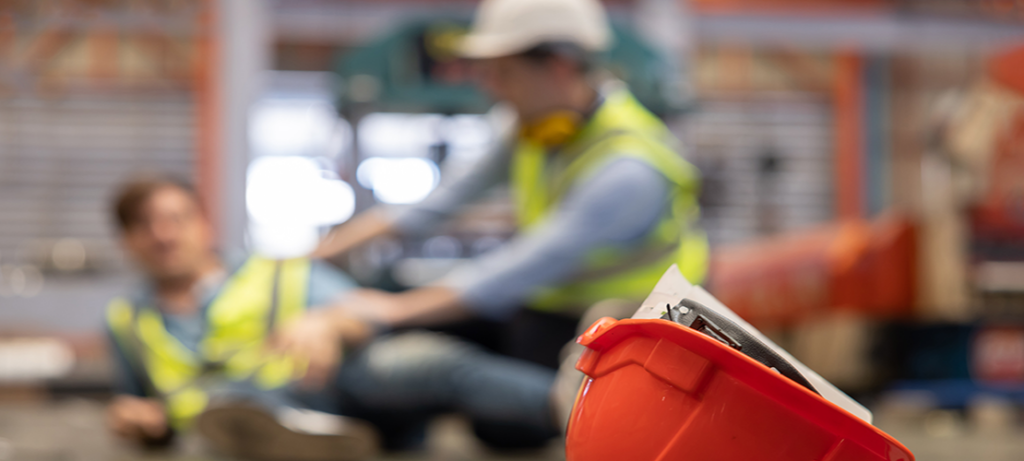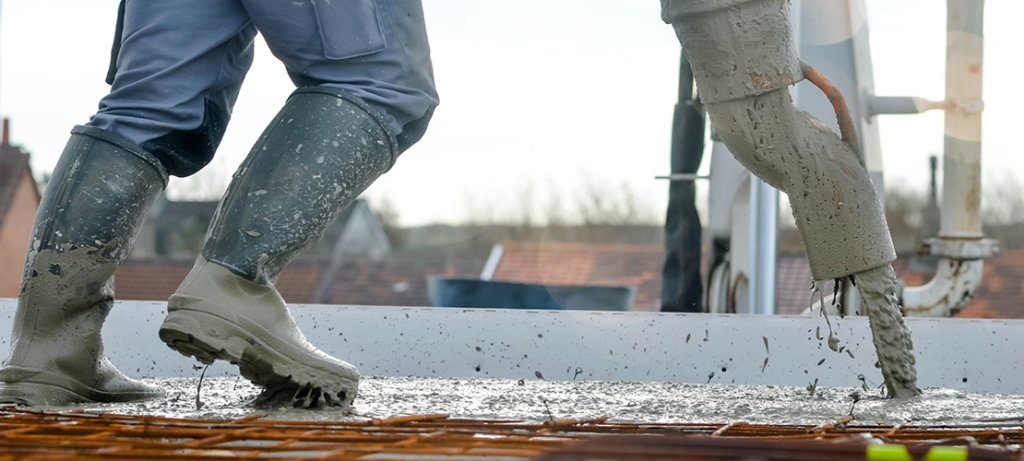Fall protection systems are designed to minimise the risk of serious injury or death due to falls. With falls being the leading cause of deaths of UK workers, fall protection equipment offers one of the best methods of defence, alongside all other health and safety protocols being followed.
It is often the case that fall protection systems are worn outdoors. From carrying out building maintenance to working on construction projects, workers and any protective equipment will be exposed to the elements when working outside. This can include excessive temperatures in the summer, through to rain, snow and ice during the rest of the year.
With the potential for the fall protection system to be affected by the weather, workers may no longer have adequate protection from sustaining a fall. While any existing Metreel customers can contact us for specific advice, here is a general overview of what to look out for.

Snow And Ice
An obvious danger with snow and ice is that it can make any surface extremely slippery. This may increase the chance of a fall occurring including due to trips and slips.
The fall protection equipment may lose its effectiveness due to cold temperatures. Systems made from stainless steel may freeze, thus disabling any rotating anchor points. If this happens, the steel must be allowed to return to room temperature before being inspected for safety issues including defaults or corrosion.
Using heat to warm up frozen stainless steel must be avoided, as this could render the system completely unusable.
Rain
Even light rain can also increase the chances of a fall due to slips and trips.
Moisture poses a problem in terms of corrosion of safety equipment. That said, all protection equipment should be designed for the environment it will be used in.
Always check after rain or a heavy storm that the equipment is intact and shows no sign of corrosion or damage. This includes any anchor points, which may collect debris due to poor weather.
Clean and dry and wet safety equipment, and fully inspect it before each and every use.

Wind
Health and safety guidelines stipulate when it is safe to work and when it is not safe to work depending on wind speed.
Fall protection equipment may have similar limitations which must be adhered to, as protection may not be guaranteed depending on the wind speed, strength or direction.
Sun Or Excessive Heat
When metals such as stainless steel or aluminium are exposed to heat, the components may expand, crack or buckle due to temperature changes.
As with working in any other kind of weather condition, you must check the manufacturer’s instructions which will state the maximum safe temperature that the equipment can continue to be used in. This temperature must never be exceeded.
Look out for any defaults within the equipment, and remain extra vigilant in excessive temperatures.
Also keep in mind that excessive temperatures may also impair the judgement of workers, or cause health risks such as dehydration which may increase the risk of illness or injury on the job.
Top Tips For Staying Safe In All Weathers
- Working at a height should be the last resort.
- Ensure all workers are wearing the correct safety equipment.
- Inspect all fall protection equipment before every use, and immediately replace any equipment showing signs of wear, tear or damage.
- Do not exceed safe working conditions for wind, rain or excessive heat.
Fall Protection Equipment For Working At Height – Metreel
Need any help with all things fall protection equipment?
Working across a variety of industries, Metreel is a leading UK manufacturer of fall protection equipment. We can advise on any safety issues and ensure your team has everything they need to carry out their duties safely and efficiently.
You can also download our free brochure to discover more about our product specifications by visiting our product brochure page. If you’re ready to place an order or have any questions, please give us a call on 0115 647 0422 or email us at [email protected].